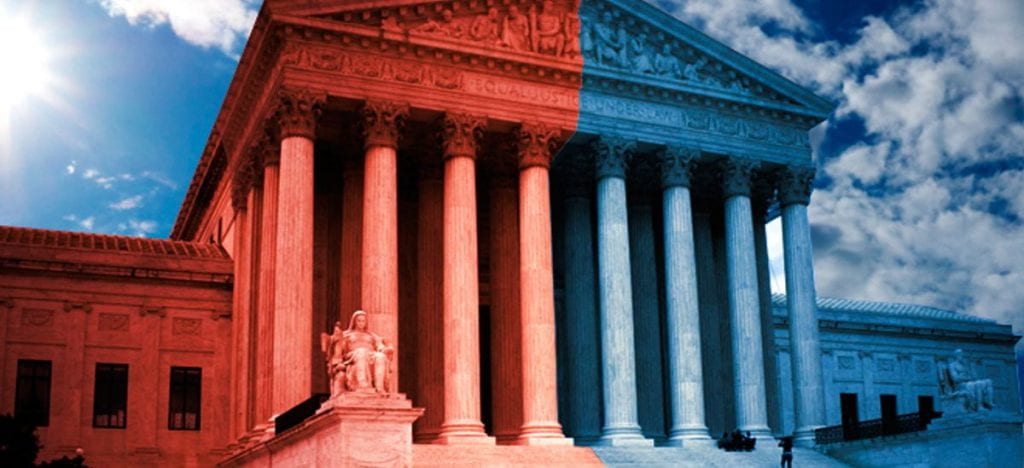

This project was funded by the National Science Foundation (SES #1654882, “Supreme Court Polarization and Its Effects on Judicial Policymaking, Media Discourse, and Institutional Legitimacy"). I am currently working on a book manuscript:
- Bartels, Brandon L. Supreme Court Polarization and Its Consequences. Book manuscript in progress.
The project consists of three general parts:
1. A deep dive into how the Supreme Court got to be so polarized since the early 20th century. For background, see:
- 2015. “The Sources and Consequences of Polarization in the U.S. Supreme Court.” In American Gridlock, eds. James Thurber and Antoine Yoshinaka. New York, NY: Cambridge University Press.
- 2016. "When Was the Last Supreme Court Nomination in Which Stakes Were This High? Maybe Never." The Washington Post, The Monkey Cage. Feb. 25, 2016.
- 2018. "It took conservatives 50 years to get a reliable majority on the Supreme Court. Here are 3 reasons why." The Washington Post, The Monkey Cage. June 29, 2018.
2. The consequences of Supreme Court polarization for the nature and direction of policymaking (for background, see again, “The Sources and Consequences of Polarization in the U.S. Supreme Court.”). This aspect of the project entails examining how the nature, direction, and extremity of the Court's outputs have changed over time with varying levels of polarization on the Court. I also delve into specific issue areas. I also seek to explain a "polarization paradox" that has occurred: the rate of closely-divided rulings has increased over time but so has the rate of unanimity.
3. The consequences of Supreme Court polarization for public judgments of judicial power and legitimacy. This aspect involves examining how the public perceives differing degrees of polarization and how polarization interacts with citizens' left-right identity to form judgments of judicial power. I designed and fielded four survey experiments to examine these queries in different ways: the consequences of aggregate patterns of polarization in the context of both (1) general Supreme Court configurations and (2) specific policy outcomes; (3) the consequences of polarization in the context of the heated Supreme Court confirmation process for Brett Kavanaugh; and (4) an examination of the level of Supreme Court polarization individuals prefer vis-a-vis their political preferences. I have presented preliminary findings at two conferences.
In addition, I have previously explored changing media coverage in the age of increasing polarization on the Court. Kerry Synan (GW Ph.D. student) and I analyzed New York Times front page coverage of Supreme Court rulings with automated text analysis tools. We examined and measured the prevalence of three types of coverage: (1) "cold," legalistic coverage of facts and the the law, (2) examination of voting based on ideological and partisan coalitions, and (3) consensus and dissensus. We examined whether patterns of coverage have changed as Supreme Court polarization has changed. In an initial exploratory analysis, we found that cold, legalistic framing generally predominates, though a focus on ideological coalitions has increased gradually in the face of increasing polarization.
